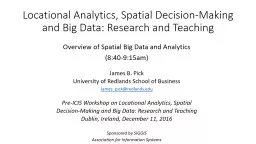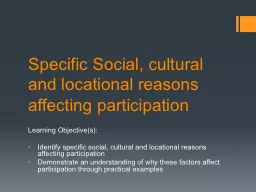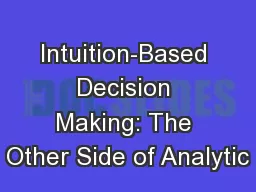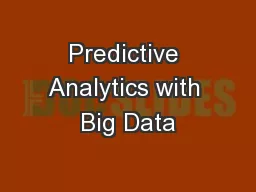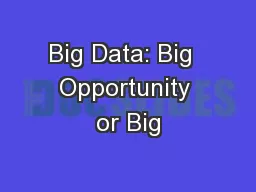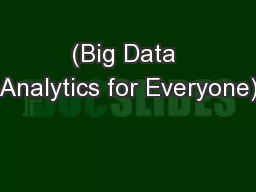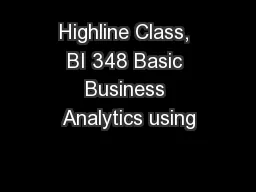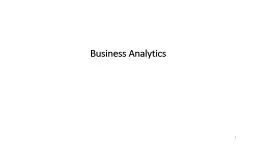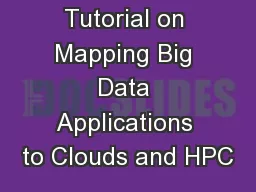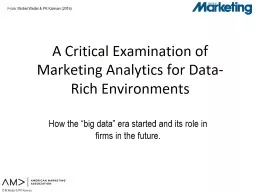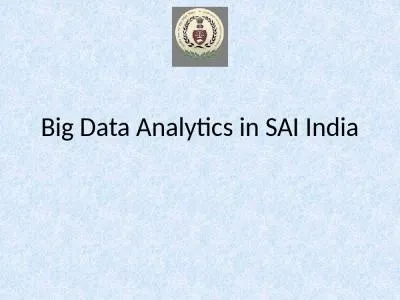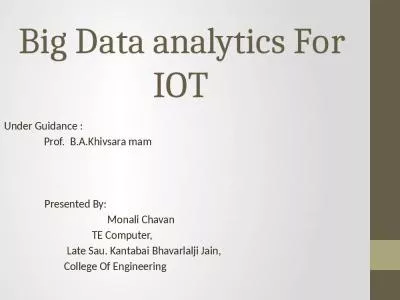PPT-Locational Analytics, Spatial Decision-Making and Big Data:
Author : tatyana-admore | Published Date : 2018-01-12
Overview of Spatial Big Data and Analytics 840915am James B Pick University of Redlands School of Business Jamespickredlandsedu PreICIS Workshop on Locational
Presentation Embed Code
Download Presentation
Download Presentation The PPT/PDF document "Locational Analytics, Spatial Decision-M..." is the property of its rightful owner. Permission is granted to download and print the materials on this website for personal, non-commercial use only, and to display it on your personal computer provided you do not modify the materials and that you retain all copyright notices contained in the materials. By downloading content from our website, you accept the terms of this agreement.
Locational Analytics, Spatial Decision-Making and Big Data:: Transcript
Download Rules Of Document
"Locational Analytics, Spatial Decision-Making and Big Data:"The content belongs to its owner. You may download and print it for personal use, without modification, and keep all copyright notices. By downloading, you agree to these terms.
Related Documents

